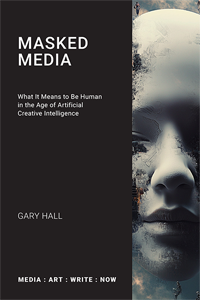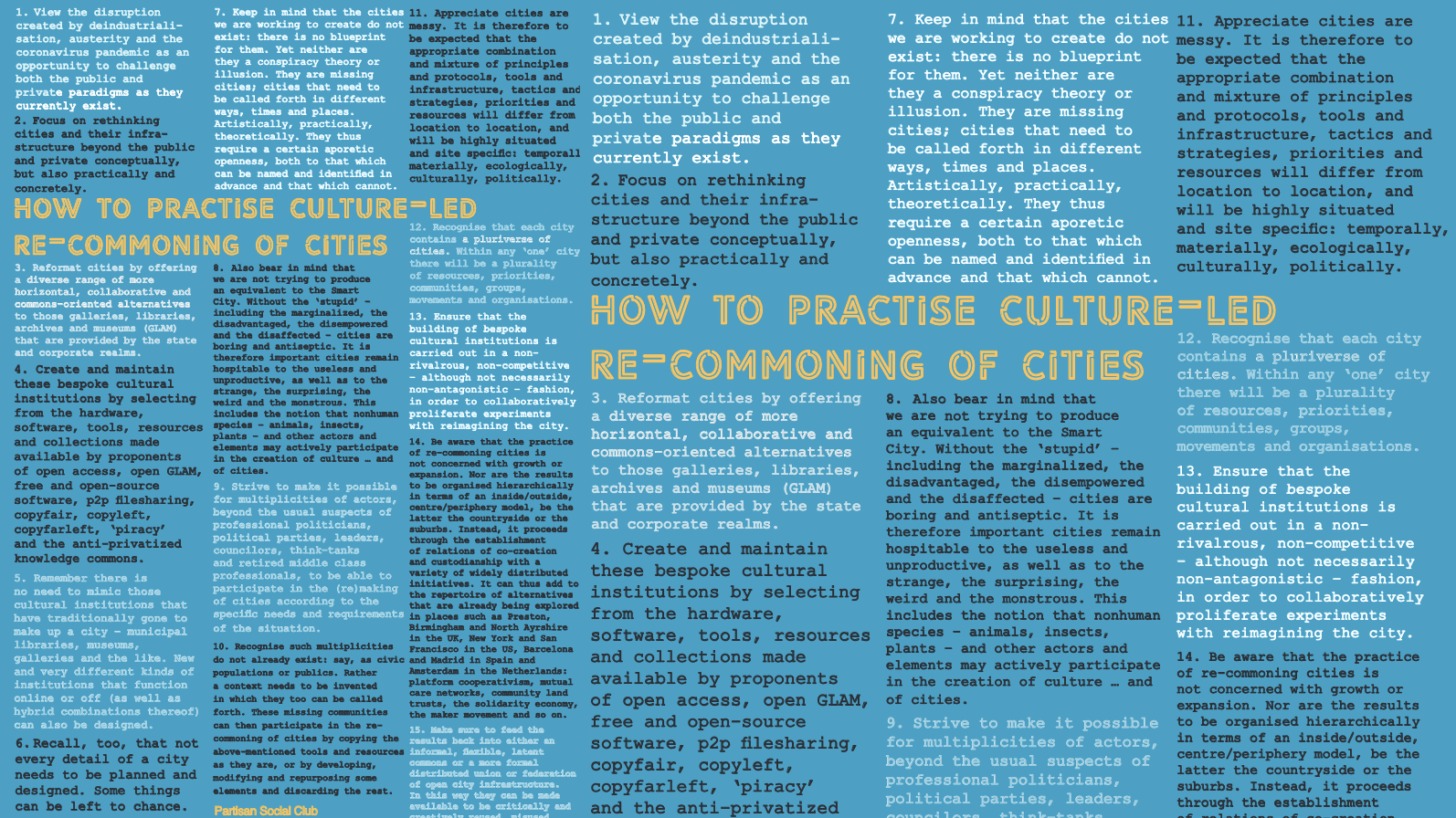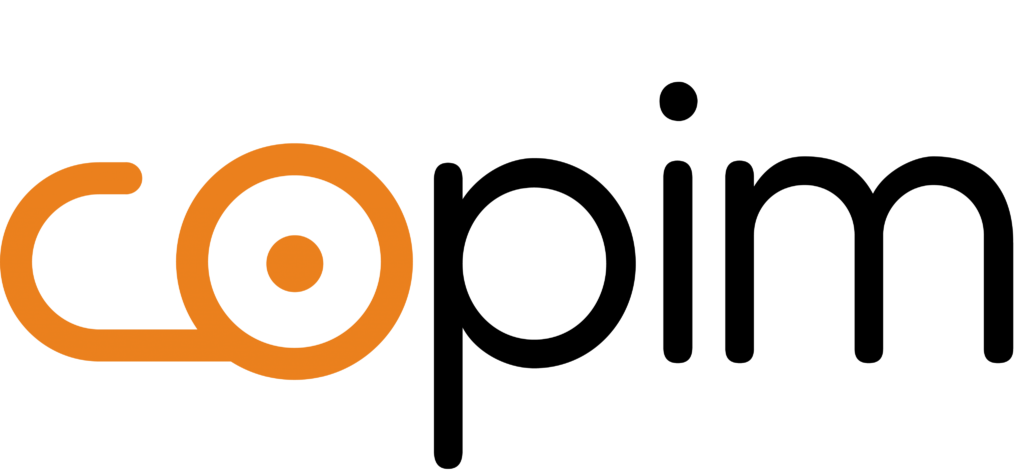Open Media lecture series
 Monday, October 8, 2012 at 9:45AM
Monday, October 8, 2012 at 9:45AM Coventry School of Art and Design and the Department of Media and Communication
invite you to
OPEN MEDIA
a year-long series of lectures on the theme of openness in media in all its forms
All the lectures are free to attend and open to all
————————————————————————————————————————
Programme: October — November 2012
October 23rd: Nathaniel Tkacz (University of Warwick) – ‘From Flame Wars to Frame Wars: The Structure of Conflict in Networks’ (Read More)
November 13th: Matt Johnston (Coventry University) – ‘Online/Offline: How Digital Media Facilitates and Encourages the Generative Experience’ (Read More)
November 20th: Caroline Bassett (University of Sussex) – ‘Silence, Delirium, Lies: An Uncoded Response to Social Media’ (Read More)
November 27th: Eva Weinmayr and Lynn Harris (AND) – ‘Men Meets Machine’ (Read More)
————————————————————————————————————————
When: 12:15-1:15pm on selected Tuesdays in October and November
Where: ET 130 (Ellen Terry Building)
Coventry University
Jordan Well
Coventry
CV1 5FB
All lectures are free to attend and open to all
For further details on how to get to Coventry see:
http://wwwm.coventry.ac.uk/university/maps/Pages/Travelinformation.aspx
All enquiries please contact:
Janneke Adema | Email: ademaj@uni.coventry.ac.uk|
http://www.openreflections.wordpress.com
http://twitter.com/Openreflections
————————————————————————————————————————
OPEN MEDIA
Digital Media have today become ubiquitous and all pervasive. Our lives and experiences are being mediated non-stop by a host of mobile and web-based devices which offer the possibility of merging, mixing, and mashing-up texts, images, sound and other data formats. In the digital age we are no longer confined by the boundaries that once governed traditional media. Notions of authorship, expertise, authority, stability, ownership and control from above are all being challenged by the prosuming multi-user and crowd-sourced use of borderless multimedia applications. People can produce and publish their own books via Lulu.com, promote their art on online gallery sites, and advertise their music via Myspace and Youtube. They can educate themselves via iTunesU, call friends abroad for free via Skype, connect and update the world via Facebook and Twitter, and fund projects via Kickstarter.
These developments have led many to claim that the web and digital media offer unprecedented democratizing possibilities for media producers, consumers and critics. However, the reality is of course more complicated than that. A lot of (public and tax-funded) media are still behind pay-walls. Our private data are hosted and distributed by commercial social media platforms. Blogs are still not taken seriously in the academic world. Google is digitizing our books. Many makers of music mash-ups are being sued for copyright infringement and fears regarding ebook piracy continue to rule the literary world.
The concept of openness is often employed as part of a radical critique of the closed-off worlds of what might be called ‘traditional media’. It is variously used to urge for the right to transparency, the ethics of sharing, the value of re-use and the benefits of connecting. But openness also has its drawbacks. If cultural products are freely available, who then pays the producers of those products? Does open data pose security risks? And who gets to control the data? Who governs our creative outputs? In what way can we control and keep a check on the media we use? Is there still a place for authority and expertise in open media, or are these notions being explicitly challenged? In what ways can media be open, and can they ever really be truly open? What are the limits of openness? Where does openness end? Or should we perhaps just focus on degrees and aspects of openness? How can we compose a media critique when media - including our critique itself - are constantly in the process of being upgraded, updated, merged, mixed and changed?
In this lecture series various examples of aspects of openness in media will be explored. Special attention will be given to what the benefits and drawbacks of openness are and what kind of possibilities openness offers for the future of media production, use and critique.







Reader Comments